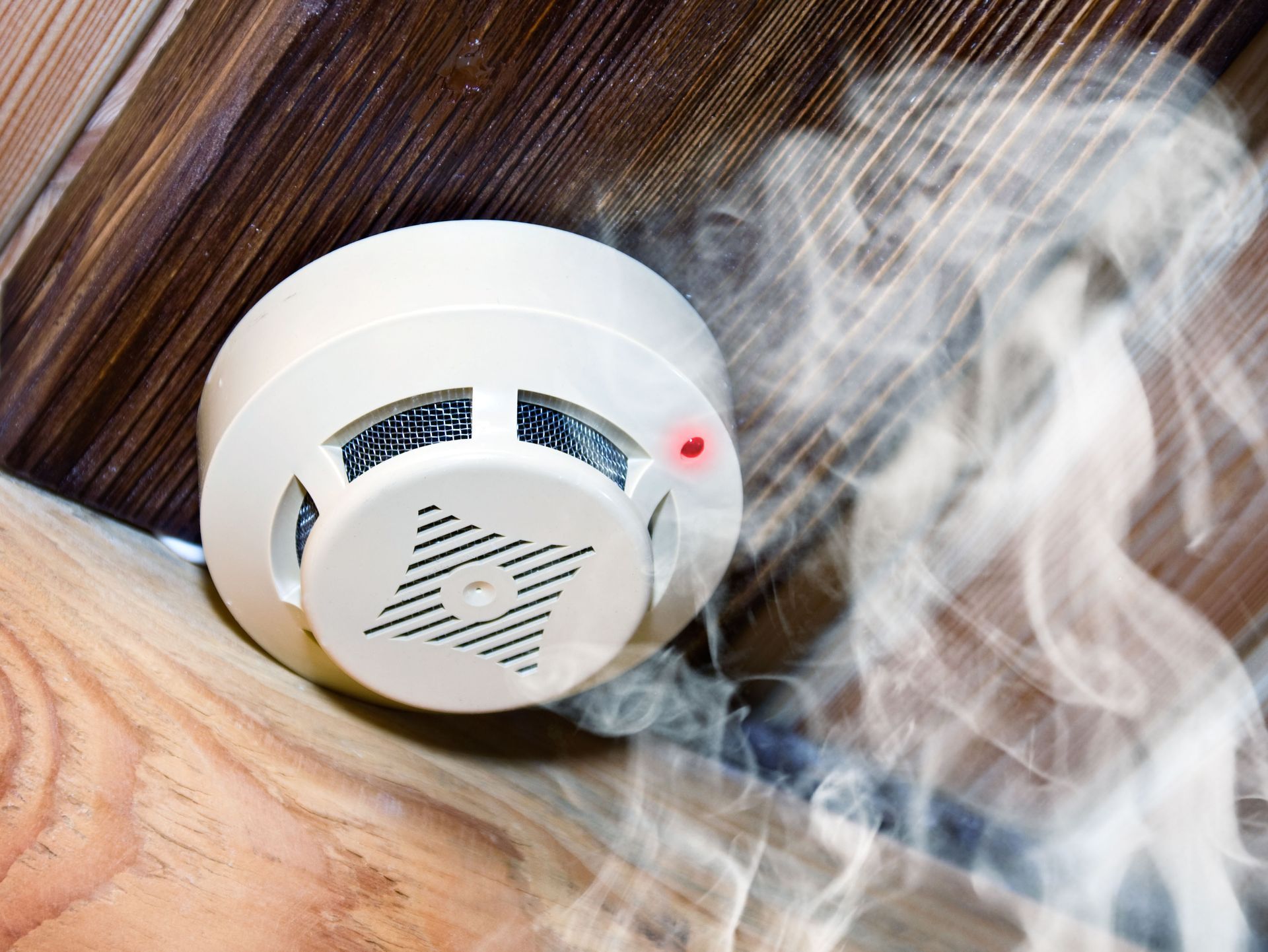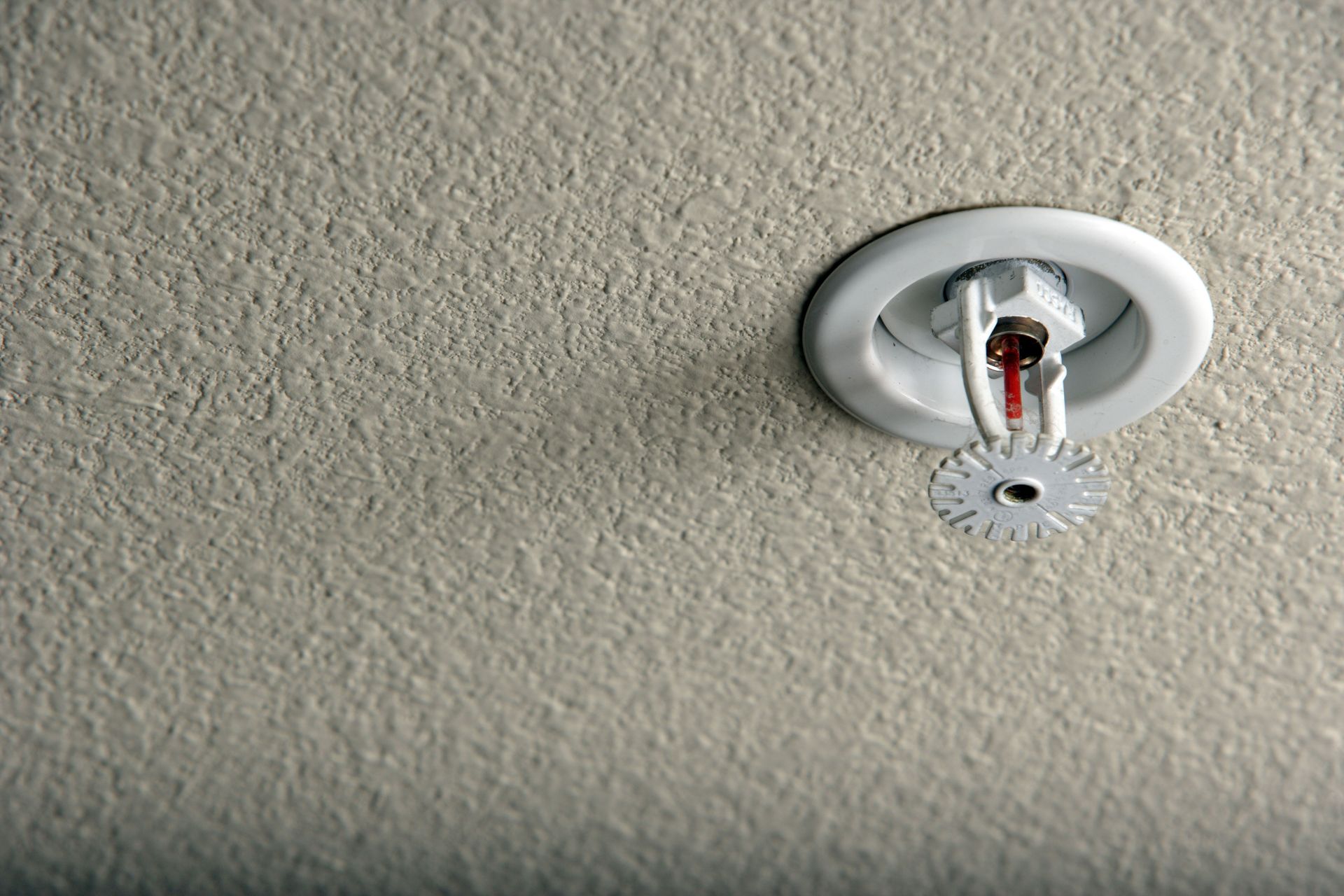A Brief History of Fire Alarms and Sprinkler Systems
Fire safety has been a critical concern throughout human history, driving continuous innovation in detection and suppression technologies. From simple human observation to automated systems, the evolution of fire alarms and sprinkler systems reflects both ingenuity and necessity. Understanding this history highlights how modern fire protection services protect lives and property more efficiently. Beyond alarms and sprinklers, comprehensive fire safety now includes ongoing inspections, code compliance, and emergency planning, all of which work together to minimize risk and improve response. This article examines the journey from early detection methods to today’s advanced technologies and demonstrates why investing in complete fire safety solutions is essential for any building.
Observe Early Fire Detection Methods
In ancient times, communities relied heavily on human senses for fire detection. Designated fire wardens monitored towns and cities, raising alarms at the first signs of smoke or flame. Observing wind patterns, smoke behavior, and other environmental indicators required skill and constant vigilance. As societies advanced, mechanical devices such as bell towers were developed to assist detection, alerting entire neighborhoods when a fire was spotted. Fire watch towers allowed wardens to monitor larger areas from elevated positions, which was particularly useful in cities or industrial areas prone to fire hazards. While these early methods improved safety, they were limited by human error, inconsistent observation, and environmental conditions. These limitations highlighted the necessity for more reliable and automated fire safety systems, which eventually led to the first electrical and automated solutions forming the foundation of modern fire protection services.
Address the Limitations of Early Systems
Relying solely on human observation created vulnerabilities in early fire detection. Fatigue, distraction, or poor visibility could lead to catastrophic delays in responding to fires. Environmental factors such as fog, rain, and nighttime darkness further complicated surveillance. As cities became denser and industries expanded, a single oversight could lead to devastating losses, highlighting the need for technological solutions that reduced dependence on human vigilance. These challenges inspired inventors to explore innovations capable of detecting fires quickly, reliably, and consistently, laying the groundwork for advanced fire alarm systems and comprehensive fire safeguard services that we now take for granted.
Develop Technological Advancements
According to the National Bureau of Economic Research, the 19th century brought rapid industrial growth and urban expansion, which increased the likelihood and severity of fires. Factories, warehouses, and densely packed residential areas faced new hazards, making quick and effective detection crucial. Disastrous urban fires highlighted the urgency of reliable, automated systems. Inventors and engineers began experimenting with electrical circuits, mechanical triggers, and smoke-sensitive devices to develop technologies that could alert people faster than ever before. This period marked the beginning of modern fire safety and set the stage for the development of integrated fire protection services that combine detection, suppression, and regulatory compliance in a single strategy. It also marked a shift in mindset — recognizing that proactive safety measures are more effective and economical than reactive responses after a fire occurs.
Invent the Fire Alarm
The first automatic fire alarm marked a turning point in fire safety. By detecting heat or smoke without human intervention, these alarms allowed faster responses and increased reliability. According to Bowdin College, Francis Robbins Upton, working alongside Thomas Edison, helped integrate electrical components essential for these early systems. Electrical fire alarms provided consistent, rapid alerts, reducing reliance on human monitoring. Early adoption challenges included cost and technical complexity, but persistence and refinement led to wider acceptance. Today, these foundational advancements continue to support modern fire protection services, ensuring safer commercial, industrial, and residential environments. Alarm systems have also evolved to more advanced multi-sensor systems and integration with sprinkler systems, demonstrating how technology improves both response speed and overall safety outcomes.
Implement Sprinkler Systems
Sprinkler systems added automated suppression to detection capabilities, addressing a critical gap in fire safety. Unlike manual firefighting, sprinklers could act immediately, controlling fires and providing occupants with critical time to evacuate. According to Inspect Point, the first automatic sprinkler system was invented in 1872, demonstrating early recognition of the need for comprehensive fire safety solutions. According to Forede, Henry S. Parmelee developed the first commercial system to protect his piano factory, focusing on a simple yet effective design. This innovation proved the value of combining fire suppression with early detection and became a foundational component of modern fire protection services, which now include both alarms and suppression mechanisms as standard. Sprinklers are known to limit property damage and reduce risk to occupants, making them a central element in modern building safety.
Advance Sprinkler Technology
Early patents and installations focused on improving reliability and coverage areas. Regulations gradually encouraged or required sprinklers in certain buildings, reinforcing safety standards. Modern systems utilize durable materials designed to withstand corrosion, optimize water distribution, and reduce maintenance demands. Pre-action systems prevent accidental discharges in sensitive environments, while deluge systems deliver large volumes of water for high-risk areas. Integration with smart building networks allows real-time monitoring and adaptive responses, maximizing safety and efficiency. These developments illustrate how contemporary fire protection services are capable of meeting complex and diverse safety requirements, adapting to a building's unique risk profile. In addition, modern sprinkler systems reduce insurance costs and improve compliance with increasingly stringent building codes, highlighting their dual role in safety and financial planning.
Enhance Fire Alarm Systems
According to Mammoth Security Inc, the 20th century brought rapid advances in technology, wireless systems, and remote monitoring, improving alarm accuracy, responsiveness, and coverage. Commercial and residential systems became linked to sprinkler networks for coordinated responses, enhancing overall safety. Legislation and fire codes played a critical role in driving adoption, ensuring consistent safety standards across various building types. Wireless and IoT-enabled systems now allow facility managers to monitor alarms and sprinkler systems from a central location, improving response times and reducing the risk of property damage or injury. These improvements strengthened fire safeguard services, making them more reliable, flexible, and user-friendly. Alarm systems now often integrate with emergency lighting, building access controls, and mobile notifications, demonstrating the comprehensive approach modern services provide.
Embrace Future Fire Protection Services
Emerging technologies continue to transform fire safety. AI and machine learning improve predictive detection by analyzing patterns and identifying fire risks before incidents occur. IoT-enabled systems allow devices to communicate and respond cohesively, increasing efficiency and situational awareness. Environmentally conscious designs minimize water and energy usage while maintaining peak performance. Energy-efficient sensors and suppression systems support sustainability initiatives, reflecting an industry-wide commitment to ecological responsibility. These innovations promise smarter, faster, and more reliable fire safeguard services, ensuring buildings are safer, systems are more efficient, and emergency responses are better coordinated. As technology continues to advance, the combination of data-driven monitoring, predictive analytics, and automated suppression will redefine how facilities approach fire prevention and protection.
The evolution of fire alarms and sprinkler systems illustrates the importance of reliable fire safety solutions. At Southern Kentucky Fire and Sprinkler, we provide comprehensive fire protection services, including fire sprinkler systems installation, fire alarm installation, emergency system servicing, fire alarm inspections, fire extinguisher services, and fire code compliance. Our team works closely with property owners to ensure buildings are protected using the latest technology and industry standards. By integrating advanced systems with ongoing maintenance and monitoring, we help reduce risk and protect both lives and property. Partner with us to develop a tailored fire safety plan that addresses your unique needs, ensuring long-term safety and peace of mind.



Share On: